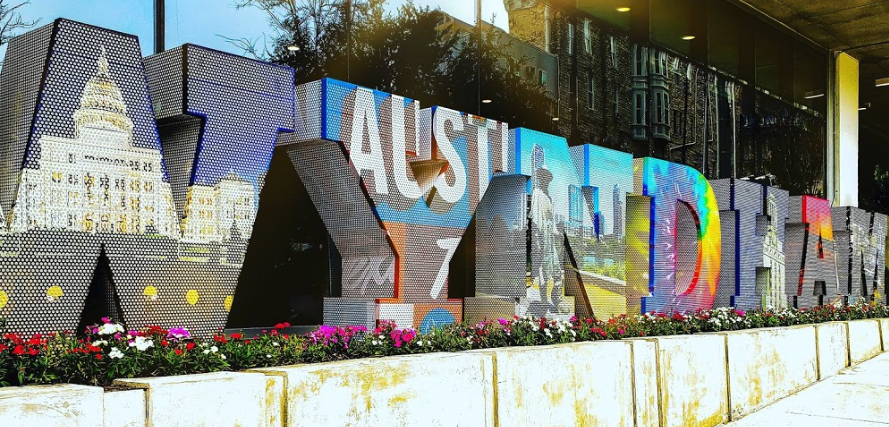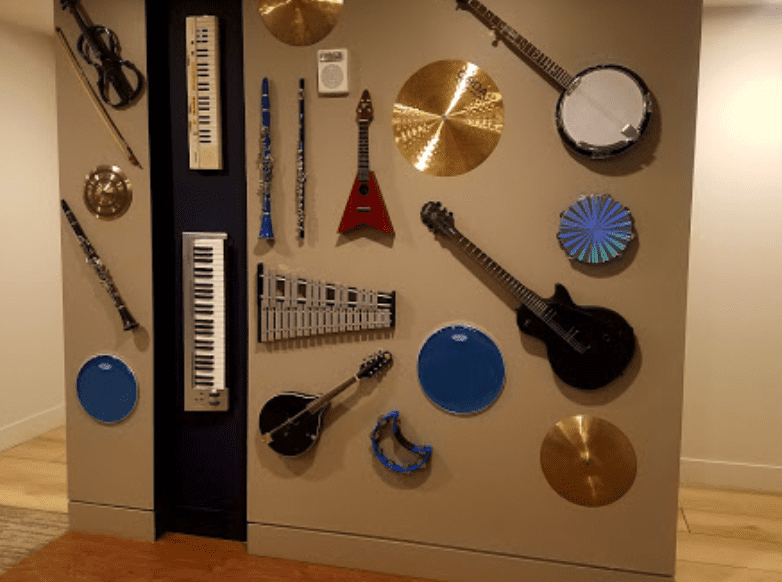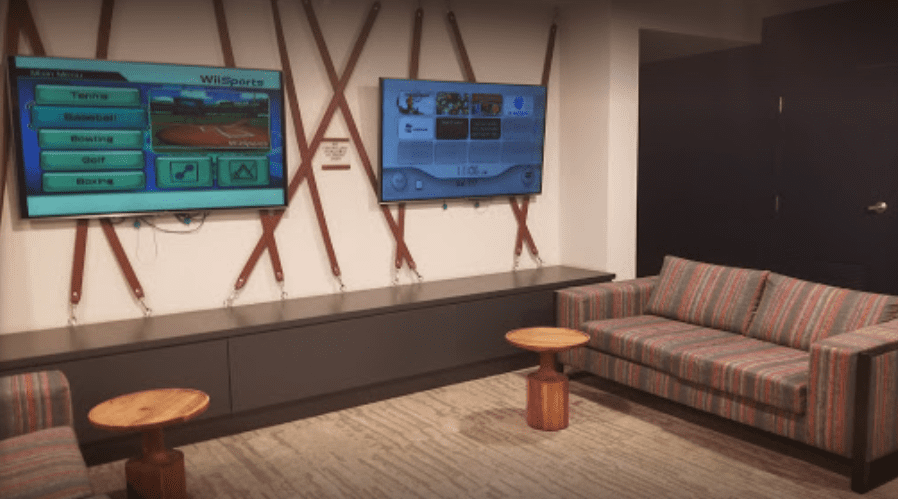
Top 7 Hospitality Design Trends That Will Matter in 2022
What are the top hotel design trends in 2021?
1. More personalized designs and experiences
2. Smart technology in rooms
3. Business centers that cater to millennial travelers
4. Making the hotel design suitable for Instagram photos
5. Eco-friendly design
6. Preparing business guests for longer stays (bleisure)
7. Redesign of hotel lobbies
The top trends in the hotel industry today are being determined by a massive shift in consumer preferences.
Input from today’s top travelers, namely millennials and zoomers, has transformed the way hoteliers treat and attract guests.
These shifting tastes are impacting the top hotels and their interior design, chosen building materials, food & beverage offerings, furniture, artwork, lobbies and more.
Note: With COVID-19’s impact, many of these trends have taken a backseat to sanitization protocols, social-distanced lobbies, temperature check points at entrances and mask-only mandates.
New levels of sanitization methods, techniques and materials used could wind up in hotel marketing materials of the future as “Clean and safe” hotel rooms.
Still, as vaccines come to the forefront and new mitigation efforts take hold, it feels good to look forward to a time when COVID will have less sway over our travel habits.
Here’s what we’re seeing in a post-COVID world:
1. Personalized Treatment and Experiences
Many staying in hotels want more personalized experiences and unique surroundings, a trend that has kicked into high gear given the influence of millennials and zoomers.
What does Generation Z want in a hotel?
The quick answer is personalization.
Hoteliers can stay ahead of the game by personalizing greetings, amenities, experiences, food and beverage options and in-room products.
One real world example of this involves my friend Chris who travels for work quite a bit.
She much prefers drinking Coca-Cola to coffee or other soft drinks.
The hotel remembered this on her last visit and despite their contract with Pepsi, she was sent a couple of ice cold Cokes upon check-in along with a hand written note.
(Her post on Facebook about the experience has 30 positive comments or so and counting…)
This isn’t a new concept by any means, but increased competition from the likes of Airbnb makes these personal touches from chains even more necessary.
Hoteliers that go that little extra can find themselves better prepared to win the loyalty wars in today’s hyper-competitive market.
2. Smart Technology in Rooms
So how does technology factor into a modern hotel stay?
And how highly do millennials favor technology in their rooms?
This generation will soon start expecting smart rooms where they can control the room temperature, lighting and even entertainment through a mobile device or by voice.
And many of today’s top hotel corporations (like Hilton) are already working hard to implement smart rooms, which would also involve using mobile door keys for added security.
Interaction through a mobile device will also define the experience of the future.
Messaging staff through a smartphone is convenient for the guest and can often free up the phones for the front desk staff, saving time and money for the hotel.
When done well, a top notch, cutting edge lodging experience that one can enhance via smartphone is also sure to be shared on social media with that very same device.
3. Business Centers Catering to Millennial Travelers
We all know those who travel for business use hotels more than anyone.
Catering to these travelers will become a stronger trend in 2019 as millennials are more likely than boomers to enjoy business travel, even seeking out more positions where travel is a component of the job.
Here’s one millennial hotel trend taking root:
The traditional hotel business center model is now being overshadowed by a desire for coworking spaces, where the lines between working and social interaction are often blurred.
Considering it’s already underway in many places, expect this trend to pick up steam in the coming decade.
Want to be a top hotel? Recognize that younger workers are more eager than ever to work and play with their peers.
Listen to the ConstructionWire podcast on Eaton Workshop Hotels
4. Making the Hotel Design Suitable for Instagram Photos
Social media marketing is essential for the hospitality and lodging industries.
As a result, many of the top hotels are starting to design their hotels in ways that make them perfect Instagram photo moments.
A design tactic like this makes sense in a time when younger guests often posts pics of their vacations on Instagram.
Setting up rooms and common areas that look intriguing and appealing can do a lot for a hotel’s business and brand, especially when seen by millions around the world.
And when a hotel is lucky enough to have a celebrity staying in one of their rooms or enjoying the amenities, an Instagram post from one of them could easily go viral and bring in record business.
A personal example, my family stayed at a Wyndham in Austin, Texas just before the new year.
We were instantly drawn to a number of Instagram-worthy features, including some eye-catching digital signage as you approach the lobby.

And I could tell they were paying attention to what’s hot in today’s hotel lobby trends.
It was eye-catching, relevant and a nice touch.

They also had some throwback media on display for the nostalgia buffs, or those looking to explain to their young ones what a cassette player is.

I’ve now mentioned this hotel and the amenities on half a dozen instances at least (via social and otherwise).
And while I fall more into the Gen X category, I can easily see the appeal for younger generations.
Once again, what we are seeing in hotel lobby trends is that it’s the unique and unusual designs and extras that will take a hotel stay from “drab” to “fab” for the most influential customers.
Hoteliers looking to maximize their social media presence absolutely need step up their interior designs if they want to compete for attention, especially with Millenial and Gen Z guests.
5. Eco-Friendly Design
Don’t forget about the green trends in construction.
While we’ve certainly seen this trend take off in the housing market, the hotel industry is gravitating towards eco-friendly designs and amenities just as quickly.
And it makes sense.
Younger generations are increasingly sensitive about preserving our environment and providing their loved ones with safer, greener alternatives.
Solar panels, of course, play a major component in this, though it’s far from the only eco-friendly idea. A few other things you’ll see being implemented:
- Green buildings using recycled materials.
- Recycling linens.
- Use of more LED lighting in rooms.
- Use of more water conservation devices.
The construction of these buildings is going to mean contracting with material providers who can prove their products are truly sustainable and easily installed.
LEED, (Leadership in Energy and Environmental Design) scores help determine how green a building is and provides a framework for healthy, energy-efficient and cost-saving “green” buildings.
With almost 50 percent of millennials stating that climate change is the world’s biggest problem, you can expect these concerns to flow into hotel booking choices.
Any hotelier that can “go green” not only stands to save on long-term costs (energy, water, etc) but will gain traction with a passionate, environmentally conscious consumer segment.
6. Preparing Business Guests for Longer Stays
Many hotels are no longer marketing themselves for just one or two-night stays. Now it’s becoming more about extended stays or long weekends.
Part of this is an offshoot of the “staycation” made popular during the recession.
Now, they are also appealing to travelers looking to make the most of their business trips.
This speaks to another growing trend called “bleisure” or the mixing of business and leisure.
Why pay for that trip to California?
Why not travel on the company dime, get your work done and then extend the stay a few days to get more bang for the buck?
At least this is what many younger travelers are asking themselves when wanderlust coincides with work’s travel requirements.
Creating promotional packages for this behavior is a smart marketing move.
For hoteliers, it’ll mean offering unique extras to make the longer stays worth the time, like neighborhood tours, local wine tastings and social meet and greets for the singles.
This is also a great opportunity for concierges and guest services to forge stronger relationships with outside tour providers and the like to help these travelers make the most of their trips.
7. A Redesign of Hotel Lobbies
Another interesting trend emerging for the coming year is hotels redesigning how lobbies typically look and function.
On tap is making them look more inviting, plus offering more activities with personalized experiences.
Now being deemed “lifestyle lobbies”, checking in will feel more like entering a family room rather than the typical lobby structure you’ve grown up seeing.
Back to the Wyndham in Austin.
They had the lobby feeling more like my living room – a welcome departure from the norm, especially with two kids under 7.
Featured in the off-lobby common area we were rewarded with not one, but 4 separate video game stations.

Two of Nintendo’s Wii game consoles were featured on two huge flatscreens, as well as two 8 bit video game tables stocked with 30 free games to play. No quarters necessary.
Top hotels of the future will look more and more like modern living rooms meant for socializing and engagement versus the transactional.
Top hotels of the future will look more and more like modern living rooms meant for socializing and engagement versus the transactional. Click To TweetSummary
To wrap up, the hotels of the future need to keep in mind the broad impact that millennials and Gen Z will have on the industry.
Today’s hoteliers must grapple with renovating lobbies, technology, amenities, entertainment, and food & beverage options to stay competitive.
New hotel construction projects should address use of eco-friendly materials, waste disposal and natural resources to keep in line with today’s expectations.
My advice is not to discount the tastes of Generations Y and Z and systematically implement changes over time to stay relevant and to keep REVPAR in line with expectations.
If you want to learn more about how to make money in this sector, or to find hospitality leads, take advantage of a free trial to our HotelMarketData.com hotel construction database.
